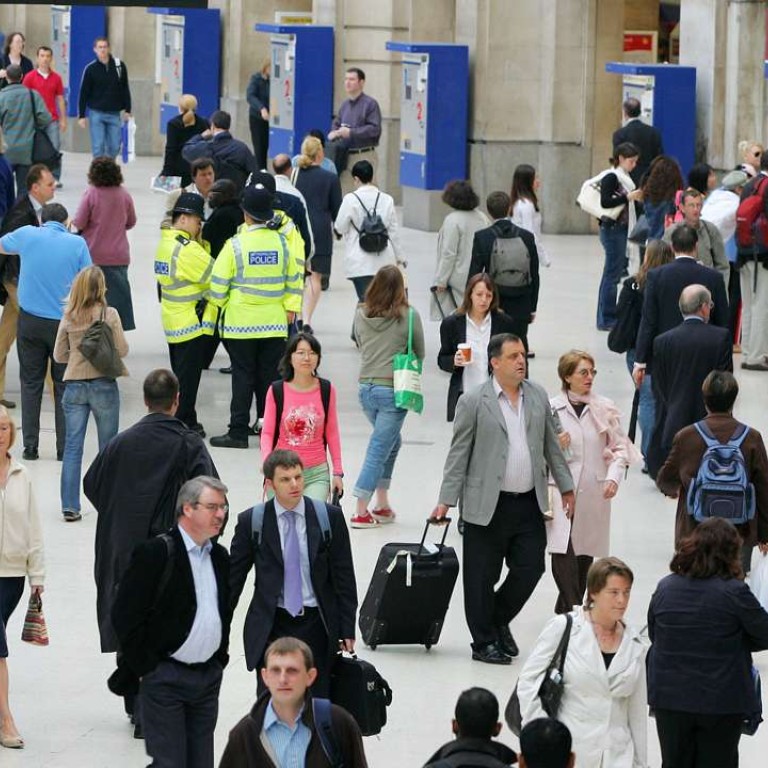
Men are still paid vastly more than women on average in Britain
Men are still paid vastly more than women across many jobs and regions despite firms “tinkering around the edges” to try to close the gap, according to a report.
This shows that organisations still aren’t dealing with the real issue here – which is that we need more women working in higher paying jobs and industries and at the most senior levels
Where men and women are doing the same job, they are usually paid almost the same – although men still have a slight advantage, earning an average of 1.6 per cent more. However, the real gap is caused by the scarcity of women at the highest and best-paid levels of industries such as oil and gas, technology and life sciences.
The biggest pay gap – 34 per cent – was in the east Midlands, followed by the south-east at 30 per cent, the north-east at 28 per cent and the West Midlands at 26 per cent.
The study, conducted by the business advice group Korn Ferry Hay and based on research into about 500,000 UK workers, found that firms were offering incentives such as flexible working instead of tackling the problem head on.
Ben Frost, a pay data specialist at Korn Ferry Hay, said the figures showed that overall across the UK men were paid far more than women.
“This shows that organisations still aren’t dealing with the real issue here – which is that we need more women working in higher paying jobs and industries and at the most senior levels,” he said. “At the moment firms are tinkering around the edges by offering benefits like flexible working to address the issue. More fundamental change needs to happen.”
On Friday the mayor of London, Sadiq Khan, challenged all Greater London Authority bodies to publish action plans to tackle the problem. He released figures showing a gender pay gap of 11.6 per cent in the Metropolitan police, 19.2 per cent in Transport for London and 35 per cent in the post-Olympics London Legacy Development Corporation.

Khan made closing the pay gap in the capital, where his mother once stitched dresses for 50 pence apiece, one of the planks of his election manifesto earlier this year. In July he published the first City Hall pay audit, which showed that women made up more than half of all employees, but less than a third of those earning more than £100,000.
Women in the UK have in effect been working for free since 10 November, which the Fawcett Society calculated to be Equal Pay Day for 2016. On average, women effectively stopped earning 51 days before the end of the year, relative to men.
Campaigners say the gap will take 60 years to close at the current rate of progress. The Fawcett Society’s chief executive, Sam Smethers, said: “A root cause of the gender pay gap is that we don’t value the work done by women ... We are focusing on the fundamental question of who and what we value and asking why it is that we don’t value women and the work they do – paid or unpaid.”

